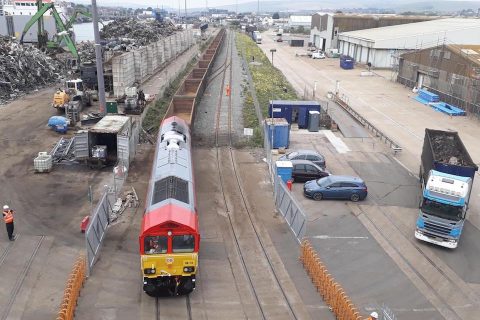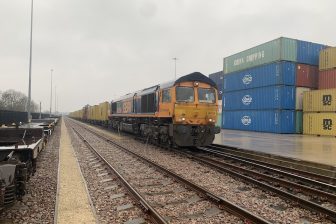
Freight turns the tide at Newhaven, England
There are new horizons opening up for Newhaven, the ferry port on England’s south coast. The fluctuating fortunes of the East Sussex terminal at the mouth of the River Ouse are on the ebb of revival, thanks to a rail freight initiative.
Do you want to read the full article?
Thank you for visiting RailFreight.com. Become a member of RailFreight Premium and get full access to all our premium content.
Are you already a member?
Having problems logging in? Call +31(0)10 280 1000 or send an email to customerdesk@promedia.nl.




